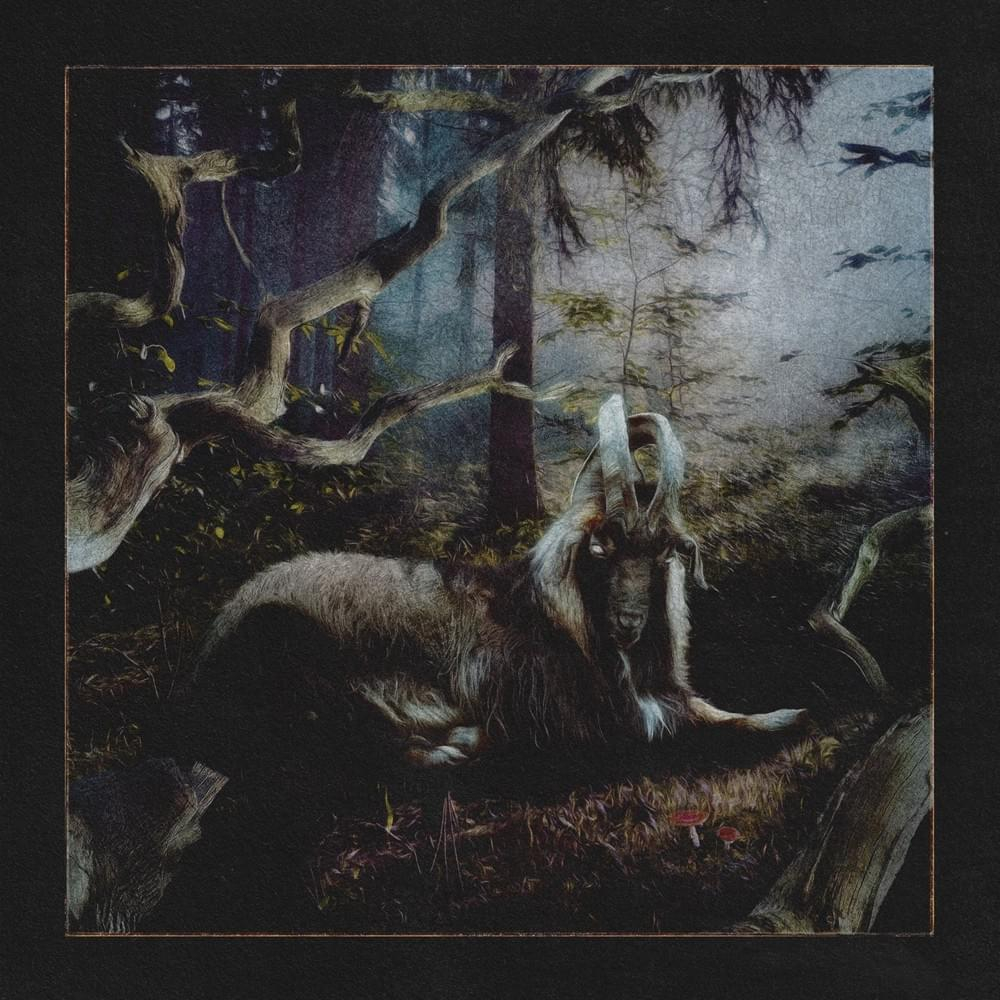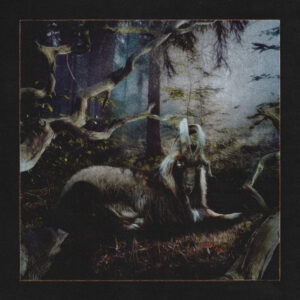

The album cover for Feet of Clay, Earl Sweatshirt’s second EP.
Sean Armstrong | Staff Writer
11/14/19
Earl Sweatshirt’s latest album, Feet of Clay, is a 15-minute disjointed, chaotic jazz session with a little bit of rapping thrown in.
Feet of Clay is sonically similar to Yugen Blakrok’s Anima Mysterium while it lyrically resembles Tyler the Creator. All in all, this album does not really tread any new ground, but it does maintain an odd appeal.
This attractive quality can be heard on the first track, “74,” when the sound envelops the listener in a sort of jazz anchored by a repetitive piano melody that sounds like the musician is randomly hitting keys that just so happen to fit a chord structure. Earl raps over this in a continuous spiral-like pattern, always ending his rhyme in a long breath before starting his next.
“East” follows up the first track by finding a new horn inspired pattern to loop. Once again, Earl uses this spiral pattern that rests above the melody and track rather than choosing to settle into the beat to truly become a part of it. This is where the disjointed feeling arises from a lack of harmony in the harsh jazz melodies that contrast with quick monotone rhymes devoid of emotional weight.
This approach to the album gives it an avant garde and artsy vibe. In going for this feeling, Earl achieves a sense of prestige in bringing back the feeling of old jazz albums before the genre was commodified and packaged into a more pop-like structure.
Of course, this approach gives Earl’s lyrics more emphasis despite their lack of emotion-evoking cadence, because it symbolizes that he is rapping what he feels needs to be heard, not what he thinks people want to hear. Additionally, laying vocals over the beat is not what most popular rappers do today.
Tracks three, four and five all create more diverse beats that do not simply loop, but interplay. This is where the album’s resemblance to Yugen Blakrok shines. As the tracks musically peak, so too do Earl’s lyrics. His cadence does not change and his spiral structure remains intact, but the beat allows for him to add pauses for effect and emphasize plot points in the stories he weaves. His cadence finally matches the musical complexities of jazz.
By tracks six and seven, the melody of the album fleshes out and Earl has his lyrics settling into the beat more. By the end of the album the jazz session plays itself out and concludes in a dreamy almost lullaby like sound.
Overall, Feet of Clay evokes emotions and sounds from decades before most of the people reading this were born. This album is a homage to old school jazz combined with 90s rap lyric structures. It’s everything that mainstream rap isn’t right now. Feet of Clay is mindful of its musical roots, lyrically defiant to pop structures and mixed in a matter meant to cause unease for the listener.
I cannot say this is my favorite album I have listened to as of late, but I will say that I appreciate everything it strives to be. I have not heard much rap this year that I felt was inspiring — Feet of Clay is no different, but it doesn’t try to be, and I can appreciate that much. Earl created an album with his own vision, and love or hate what he produced, I think that is something to be celebrated.




